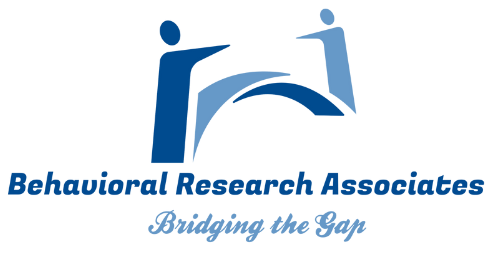COVID-19 Safety
Important Ways to Slow the Spread During the Pandemic
Safety Policies and Procedures.
Find new guidance for fully vaccinated people. If you are not vaccinated, find a vaccine.
Wear A Mask
- Everyone 2 years and older should wear masks in public.
- Masks should be worn in addition to staying at least 6 feet apart, especially around people who don’t live with you.
- If someone in your household is infected, people in the household should take precautions including wearing masks to avoid spread to others.
- Wash your hands or use hand sanitizer before putting on your mask.
- Wear your mask over your nose and mouth and secure it under your chin.
- Fit the mask snugly against the sides of your face, slipping the loops over your ears or tying the strings behind your head.
- If you have to continually adjust your mask, it doesn’t fit properly, and you might need to find a different mask type or brand.
Effective February 2, 2021, masks are required on planes, buses, trains, and other forms of public transportation traveling into, within, or out of the United States and in U.S. transportation hubs such as airports and stations.
Wash Your Hands Often
- Wash your hands often with soap and water for at least 20 seconds especially after you have been in a public place, or after blowing your nose, coughing, or sneezing.
- It’s especially important to wash:
- Before eating or preparing food
- Before touching your face
- After using the restroom
- After leaving a public place
- After blowing your nose, coughing, or sneezing
- After handling your mask
- After changing a diaper
- After caring for someone sick
- After touching animals or pets
- If soap and water are not readily available, use a hand sanitizer that contains at least 60% alcohol. Cover all surfaces of your hands and rub them together until they feel dry.
- Avoid touching your eyes, nose, and mouth with unwashed hands.
Avoid Crowds & Poorly Ventilated Spaces
- Consider Remote Meetings
- Being in crowds like in restaurants, bars, fitness centers, or movie theaters puts you at higher risk for COVID-19.
- Avoid indoor spaces that do not offer fresh air from the outdoors as much as possible.
- If indoors, bring in fresh air by opening windows and doors, if possible.
Get Vaccinated
- Authorized COVID-19 vaccines can help protect you from COVID-19.
- You should get a COVID-19 vaccine when it is available to you.
- Once you are fully vaccinated, you may be able to start doing some things that you had stopped doing because of the pandemic.
Cover Coughs and Sneezes
- If you are wearing a mask: You can cough or sneeze into your mask. Put on a new, clean mask as soon as possible and wash your hands.
- If you are not wearing a mask:
- Always cover your mouth and nose with a tissue when you cough or sneeze, or use the inside of your elbow and do not spit.
- Throw used tissues in the trash.
- Immediately wash your hands with soap and water for at least 20 seconds. If soap and water are not readily available, clean your hands with a hand sanitizer that contains at least 60% alcohol.
Clean and Disinfect
- Clean high touch surfaces daily. This includes tables, doorknobs, light switches, countertops, handles, desks, phones, keyboards, toilets, faucets, and sinks.
- If someone is sick or has tested positive for COVID-19, disinfect frequently touched surfaces. Use a household disinfectant product from EPA’s List N: Disinfectants for Coronavirus (COVID-19) according to manufacturer’s labeled directions.
- If surfaces are dirty, clean them using detergent or soap and water prior to disinfection.
Stay 6 Feet Away From Others
- Inside your home: Avoid close contact with people who are sick.
- If possible, maintain 6 feet between the person who is sick and other household members.
- Outside your home: Put 6 feet of distance between yourself and people who don’t live in your household.
- Remember that some people without symptoms may be able to spread virus.
- Stay at least 6 feet (about 2 arm lengths) from other people.
- Keeping distance from others is especially important for people who are at higher risk of getting very sick.
Monitor Your Health Daily
- Be alert for symptoms. Watch for fever, cough, shortness of breath, or other symptoms of COVID-19.
- Especially important if you are running essential errands, going into the office or workplace, and in settings where it may be difficult to keep a physical distance of 6 feet.
- Take your temperature if symptoms develop.
- Don’t take your temperature within 30 minutes of exercising or after taking medications that could lower your temperature, like acetaminophen.
- Follow CDC guidance if symptoms develop.
Our Locations
BRA, Inc Central Office
900 K Street, NE Washington DC 20002
BRA, Inc Residences
1034 Burns St, SE Washington DC 20019
4288 ½ Southern Ave, SE Washington DC 20019
5051 Lee Street, NE Washington DC 20019
4629 Nannie Helen Burroughs Ave, NE Washington DC 20019
Ph: (202) 398-5000
Sign up for our Newsletter.
© 2025
All Rights Reserved | BRA, Inc | Est. 1984

